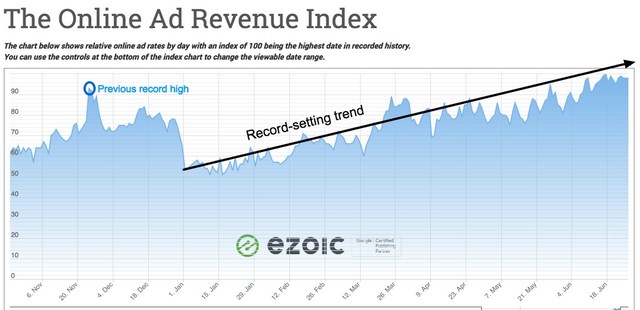There was no shortage of shakeups and snafus impacting marketers last quarter. From a flurry of reports around Facebook’s ongoing user data mishandling and the kickoff of the European Union’s stricter privacy regulations, coupled with a tug of war between digital and traditional ad spend, events from this spring have laid the groundwork for the industry for the year to come.
-
April 10
Facebook CEO Mark Zuckerberg testifies in front of Congress
-
April 25
Facebook earned $11.8 billion in advertising revenue for Q1 2018
-
June 5
Senate panel announces Facebook probe after The New York Times reveals new data collection lapses
-
June 11
Reports show that Facebook struck data-sharing deals that gave select companies special access to user data after cut-off point in 2015
-
June 15
BarkBox joins several DTC brands in shifting ad spends away from Facebook to more traditional channels
-
June 19
Magna increases global ad growth forecasts, pointing to Facebook and Google as the primary drivers
Facebook Data Scandal Timeline
Despite negative press and chatter about some brands shifting their ad spends away from Facebook after the Cambridge Analytica scandal broke on March 17, forecasts three months later show that there is little that can stop the momentum of one of the world's largest digital advertising platforms.
-
April 3
Facebook says it will not extend privacy standards for GDPR across its platform worldwide
-
April 24
Twitter announces it will update its terms and privacy policy on May 25
-
April 30
Media trade groups sign an open letter to Google accusing it of exploiting their market dominance to muscle publishers into a raw deal
-
May 25
GDPR goes into effect and many marketers aren’t prepared
-
June 4
European Union versions of U.S.-based news websites have slimmed down to comply with GDPR, and some do not display any ads
-
June 28
California passed its own digital privacy law
GDPR Timeline
The anticipation of the May 25 GDPR deadline and subsequent fallout dominated news in Q2, especially day of, when ad demand plummeted in the European Union and some U.S. news sites went down in EU countries.
Ad Spends
In the tug of war between traditional and digital ad spending, digital appears to still reign supreme. Despite privacy blunders, brand safety concerns and GDPR’s kickoff for stricter transparency, digital advertising this spring seems to have been minimally impacted. Facebook posted a better-than-expected Q1, with 50% greater ad revenue than the same period last year, and the ad giant’s growth shows little signs of waning. The social network’s stock reached a record-high on July 6 at $203.64 a share, suggesting that its broader business remains healthy.
Meanwhile, data by web intelligence platform Ezoic show that publishers have steadily increased their ad rates since January, hitting a record-high on June 29. Despite those hikes in prices to place ads, marketers are still buying.

Still, anecdotal evidence points to how the digital ad space may not have come out of Q2 entirely unscathed. BarkBox joined several direct-to-consumer brands, including Brooklinen, Thinx, Roman and Curology, in reexamining where to put their ad dollars and shifting toward traditional platforms like TV and out-of-home. This discrepancy only adds to mounting uncertainty around the tug of war of future ad budgets. It’s still too soon to tell where exactly ad dollars were allocated last quarter. The industry’s "duopoly," Facebook and Google, are set to announce their respective Q2 earnings on July 25 and July 23, which may help to crystalize the advertising landscape for the rest of 2018.














